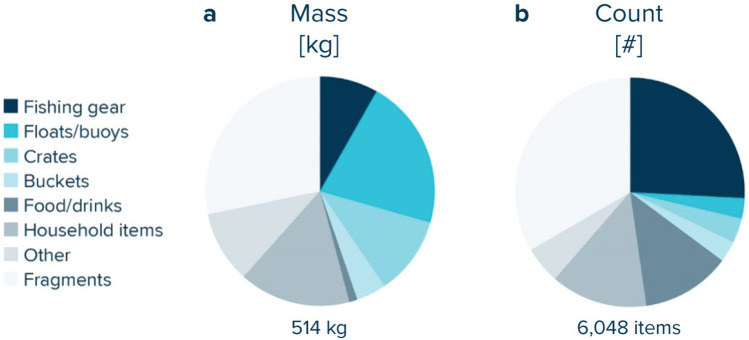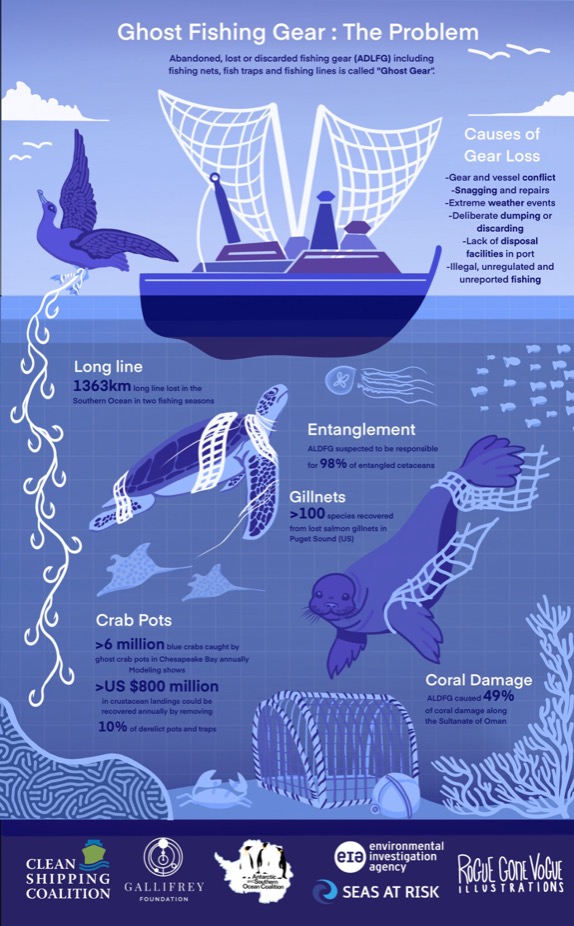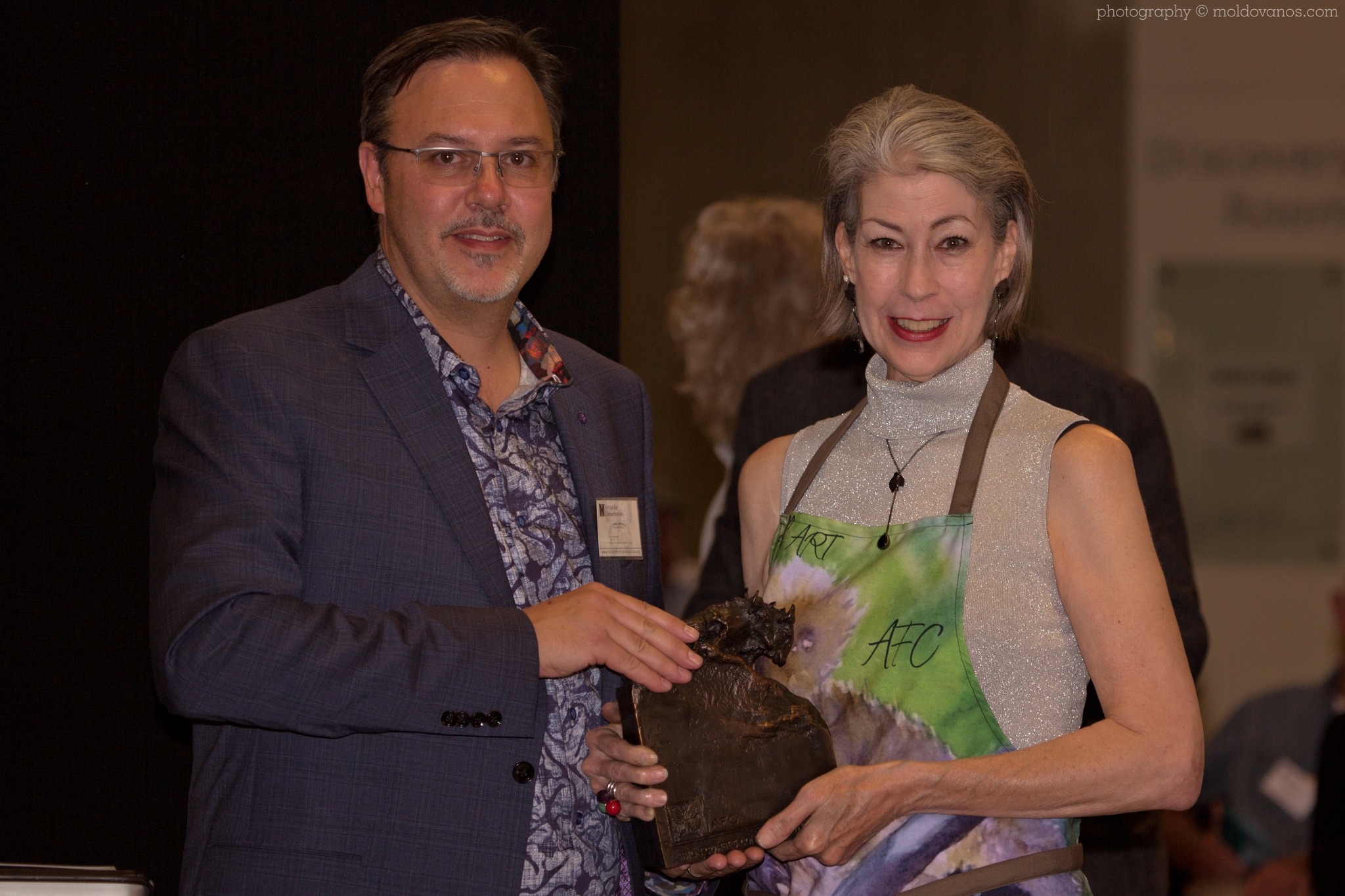
Kitty Harvill (right) holds a bronze statuette of two Wildebeest, sculpted by South Africa's Peter Gray, part of her award received from Artists for Conservation President and Founder, Jeff Whiting (left)
In 15 years as honorary Information Officer for the Agreement on the Conservation of Albatrosses and Petrels (ACAP) my most enjoyable experience has been collaborating with Kitty Harvill, Co-founder of Artists & Biologists Unite for Nature (ABUN), and with all her many participating artists. Over three years, ACAP has received more than 500 artworks depicting its 31-listed species from ABUN in support of World Albatross Day on 19 June, to use to create awareness of the conservation crisis faced by the world's 22 species of albatrosses. Each year, a selection of ABUN artworks, including several by Kitty, have been chosen to create World Albatross Day posters, made freely downloadable from the ACAP website at a high resolution suitable for printing.

“Lost in a Rising Sea” watercolour by Kitty Harvill in support of WAD2022 and its theme of “Climate Change”, after a photograph by Koa Matsuoka, poster design by Michelle Risi
Kitty Harvill has now been recognized for her contribution to art and wildlife with Artists for Conservation’s (AFC) top honour: the Simon Combes Conservation Artist Award. The AFC bestows the award annually to individuals for exemplifying the achievements and dedication of the award's namesake. The award was established in 2006 and has become the world's most prestigious conservation award for visual artists. Simon Combes was a prominent member of the AFC until his tragic passing in 2004, when he was killed in an encounter with a Cape Buffalo near his home in Kenya.
Artists for Conservation is the world's leading group of artists supporting the environment. Founded in 1997, the non-profit organization comprises a membership of 500 of the world's most gifted nature artists from 27 countries across five continents.

The award comes with a certificate as well as a statuette
Kitty received her award last month at the AFC’s 12th annual International Exhibit of Nature in Art in Vancouver, Canada. In her acceptance speech she said in part: “My journey to wildlife art is a ‘From Ashes to Beauty’ story. When I lost my mother in 2004, I didn’t paint for two years. My mother and I had begun our art careers together. When I was 18, I left home to pursue a degree in fine art and she went back to school to study art, at Austin Peay State University in our hometown of Clarksville, Tennessee. She was 46. I was 46 the year she died, and I thought perhaps it was time for me to start a new career, at that age, just like she did, after my career in commercial art and illustration. I started making trips to Brazil, not to paint but to photograph. I immersed myself in the nature of Brazil with photography and thought that would be my new career. But something interesting happened, after two years I pulled out a sheet of pastel paper and began a painting of a Giant River Otter that I’d photographed in the Pantanal. My hand literally flew all over that paper for more than an hour and I just knew that this was my new career. I believe my immersion in nature for those two years doing photography helped me to the point that I could paint again, and I certainly have. To receive an award in honour and memory of such an iconic artist and conservationist as Simon Combes is both humbling and motivating - big shoes and footsteps to fill and follow. Thank you so very much for this great honour.”
AFC President and Founder, Jeff Whiting, who presented the award on the first day of the festival said “Kitty is a rare kind of inspiring artist and conservationist, and an extraordinary role model of resourcefulness, creativity, persistence and passion.” (click here).
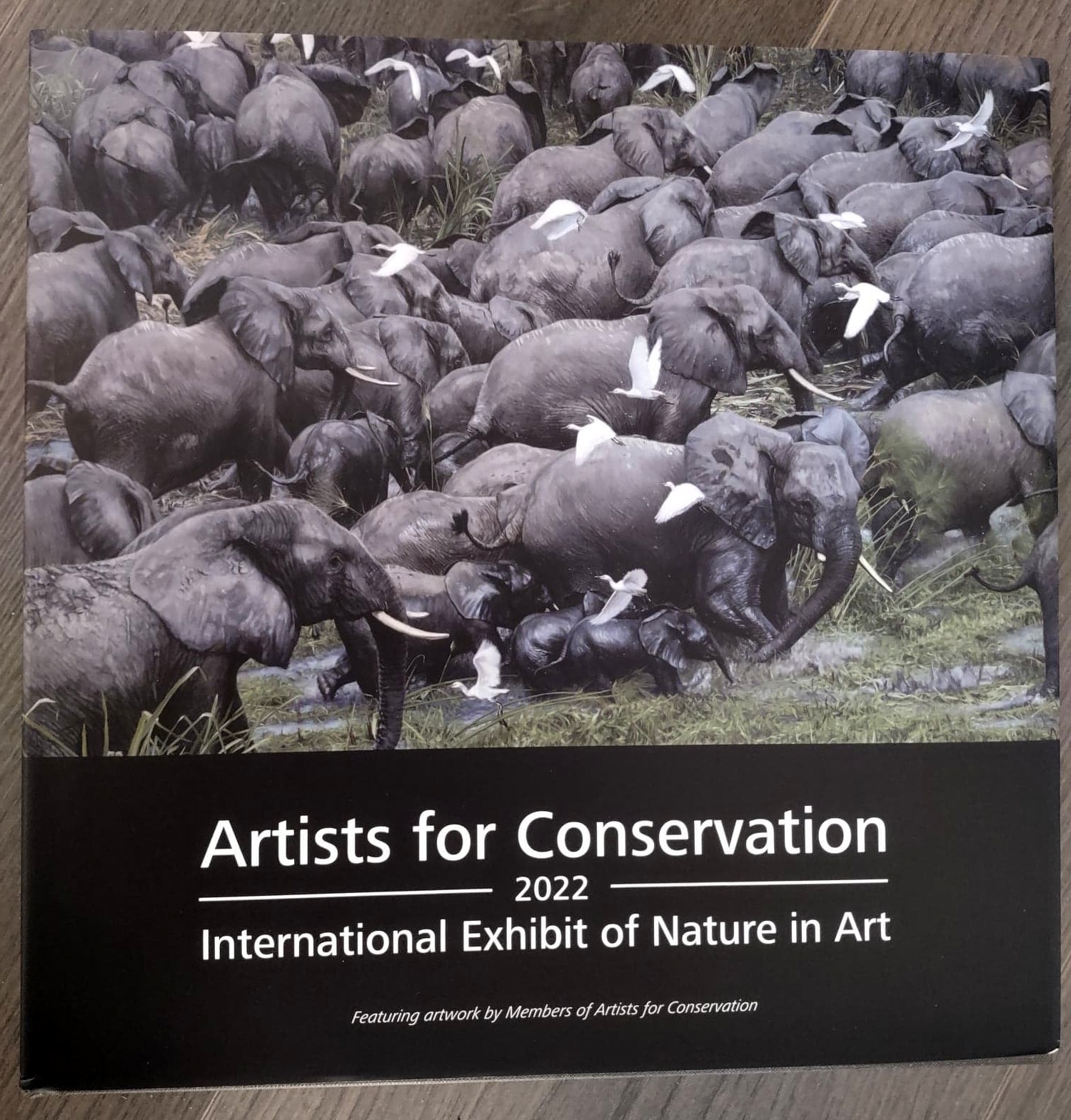

The Artists for Conservation Festival was accompanied by a book with a five-page chapter on Kitty’s award that includes her “All for One. One for All – Albatross” collage of all 22 albatrosses, available as a WAD2020 poster. The 240-page book features 200 artworks by 178 artists from 19 countries
Among the most threatened groups of birds in the world, albatrosses and their allied petrels face numerous threats on land and at sea. These include predation by invasive mammals on breeding islands, mortality at sea from fisheries, diseases, plastic pollution, and climate change and consequent sea-level rise causing flooding of low-lying breeding islands. Kitty's and the ABUN artists' artworks are helping the Agreement work towards mitigating these threats.
Kitty has written to ACAP Latest News: "Vancouver was a wonderful experience in every way. I am still floating above ground from it all! I'm delighted that my albatross painting of all 22 species made it into my book chapter”. She adds: “I'm looking forward to working with ACAP once again, and on such an important topic as ‘Plastic Pollution’ for World Albatross Day next year. The albatrosses always inspire!”
The Albatross and Petrel Agreement agrees and looks forward to collaborating once more with Kitty and her ABUN artists in January next year in support of WAD2023.
John Cooper, ACAP News Correspondent, 11 October 2022
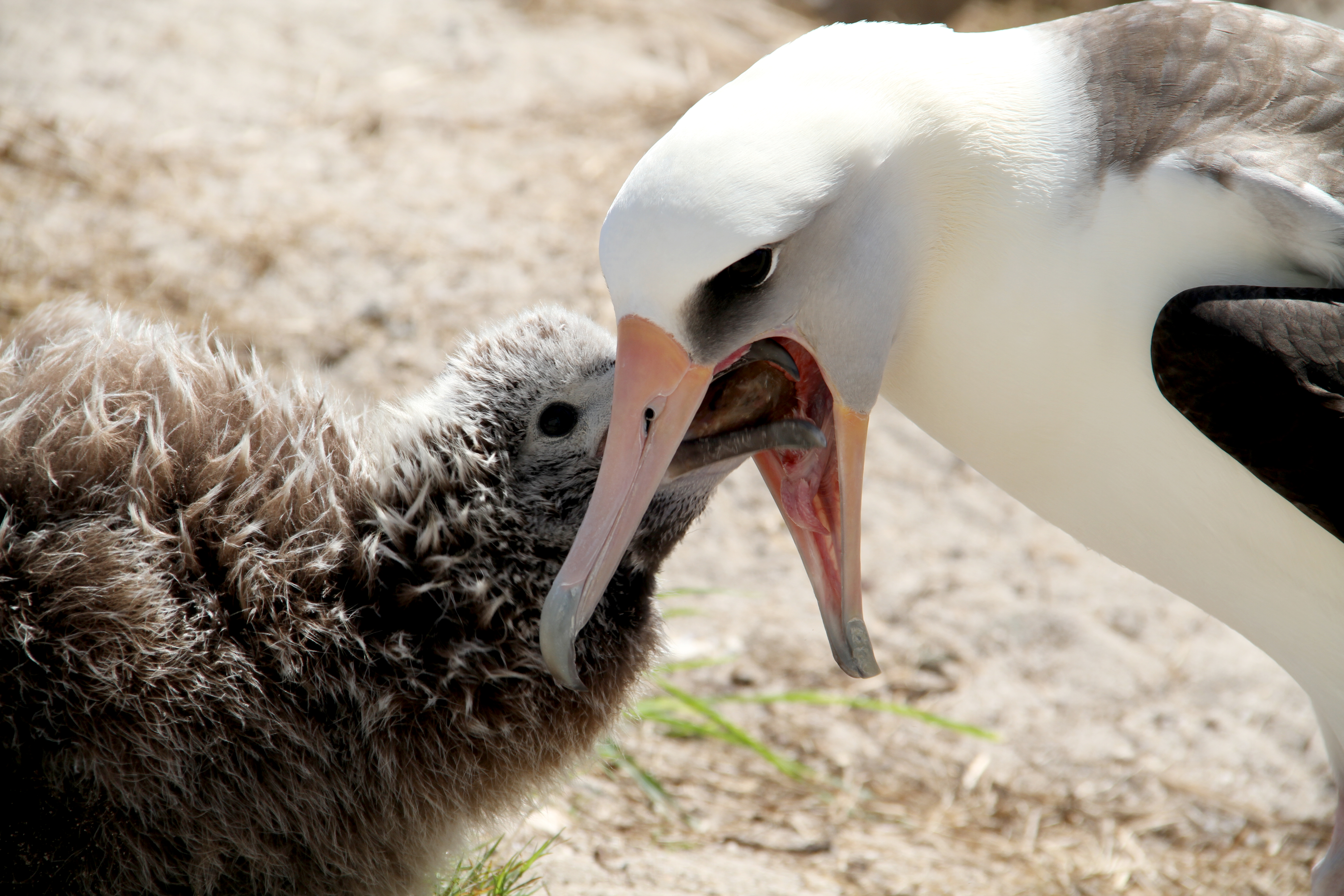 A Laysan Albatross feeds its chick; photograph by Pete Leary
A Laysan Albatross feeds its chick; photograph by Pete Leary
 English
English  Français
Français  Español
Español 







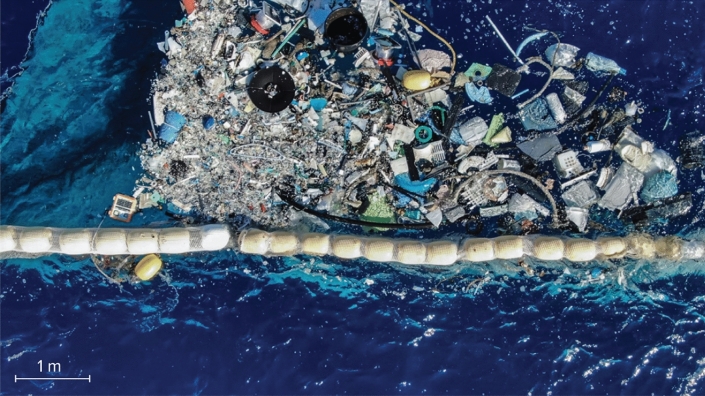 Offshore tests for the recovery of floating plastics conducted by The Ocean Cleanup in the North Pacific Garbage Patch in 2019; photograph by Fedde Poppenk
Offshore tests for the recovery of floating plastics conducted by The Ocean Cleanup in the North Pacific Garbage Patch in 2019; photograph by Fedde Poppenk